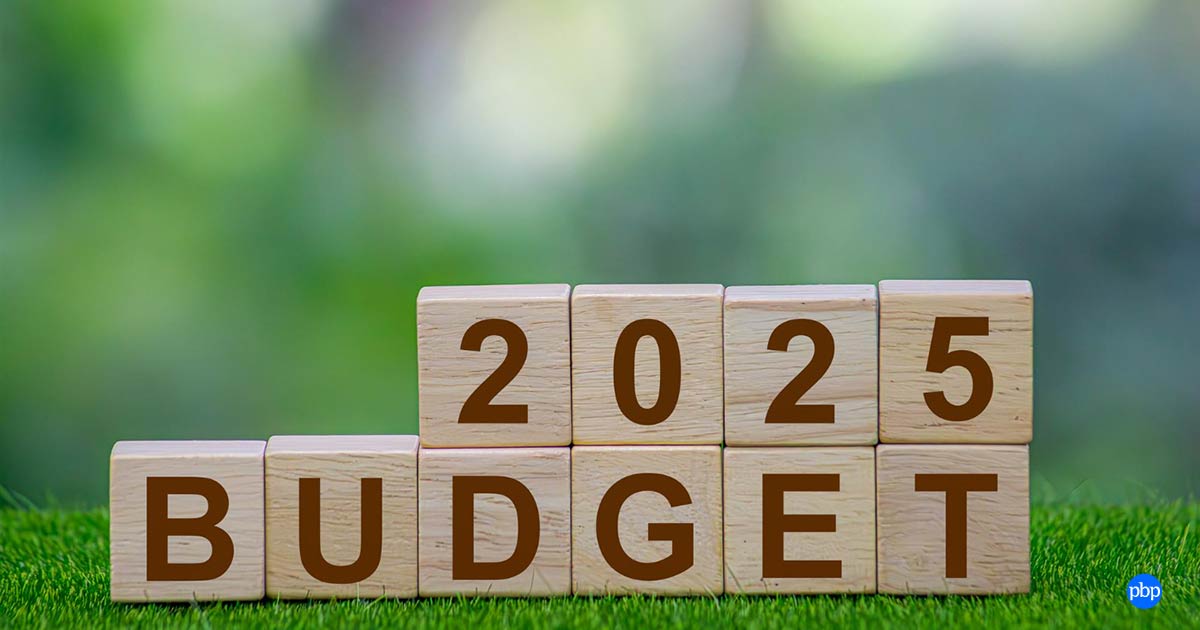The Union Budget for 2025-26 is a major boost for India’s economy, designed to empower and uplift millions of citizens. After years of waiting, the middle class is finally seeing the relief they deserve.
With new tax reforms, they will now have more disposable income, which can be used for savings, investments, and spending—ultimately helping to boost the economy.
The budget also focuses on improving the rural and agriculture sectors, which need both immediate and long-term financial support to grow. This comprehensive approach aims to make India’s economy more inclusive and vibrant, benefiting people across all sectors.
Find here all the key highlights of the India Union Budget 2025 with all the updates on income tax slab rates and key announcements by FM Nirmala Sitharaman.
Financial Sector Reforms
- No income tax for income up to Rs. 12 Lakhs. This is because of a rebate applicable to the new regime, which is raised to Rs. 60,000.
- The FDI limit for the insurance sector is to be raised from 74 to 100 percent for those companies that invest the entire premium in India. This move is expected to attract global insurance giants and increase capital inflows.
- Committed to fiscal consolidation, Sitharaman projected a reduction in the fiscal deficit to 4.4% of GDP by the 2025-26 financial year, with the current fiscal year’s deficit estimated at 4.8%. To bridge the fiscal gap, the government plans to raise Rs 11.54 lakh crore through net market resources for the coming year.
- Kisan Credit Cards for 7.7 crore farmers; loan limit enhanced to ₹5 lakh
- MSME: Term loans up to ₹20 crore will be given.
- Capital gains limit exceeded to ₹12.7 lakh.
- 2nd Gene Bank with 10 lakh germplasm lines to be set up for future food and nutritional security.
TDS/TCS Rationalization
- The budget also raised the threshold for exemption from TDS on rental income from Rs. 2.4 lakh a year to Rs. 6 lakh, which will benefit people deriving a sizable income from renting out property, particularly in metros.
- Remittances: The tax collection at source (TCS) threshold for remittances under the Liberalized Remittance Scheme (LRS) has been raised from ₹7 lakh to ₹10 lakh.
Investment Plans Announcement
- In the education sector: Rs 20,000 crore to support private sector-driven research to support next-generation start-ups.
- 10,000 additional seats to be added in medical colleges and hospitals next year, adding to 75,000 seats in the next 5 years.
- Sitharaman announced that additional infrastructure will be created in five IITs that were started after 2014 to facilitate education for 6500 more students.
- In a bid to improve the welfare of citizens, the government has also committed more fiscal resources for social sector programs, reinforcing its dedication to inclusive growth.
- The total outlay for health in this year’s budget has increased by over ₹9,000 crore, a 9.78% increase in FY25. The government has also allocated ₹2,445 crore for PLI for the pharmaceutical industry.
- If we talk about the agricultural sector, a new scheme for 5 lakh women, Scheduled Castes, and Scheduled Tribes first-time entrepreneurs to provide term loans up to ₹ 2 crore in the next 5 years was announced.
Tax Relief for Senior Citizens
The tax-free interest income limit for senior citizens has been doubled from ₹50,000 to ₹1 lakh.
Direct tax code to be presented in the Parliament next week
This promises to overhaul the tax system, making it more transparent and taxpayer-friendly.
Tax Slabs Under New Tax Regime FY 2025-26 (AY 2026-27)
|
Income up to Rs 4 lakh (per annum) |
Nil |
|
Between Rs 4 and 8 lakh |
5% |
|
Between Rs 8 and 12 lakh |
10% |
|
Between Rs 12 and 16 lakh |
15% |
|
Between Rs 16 and 20 lakh |
20% |
|
Between Rs 20 and 24 lakh |
25% |
|
Above Rs 24 lakh |
30% |
Tax Slabs Under Old Tax Regime FY 2025-26 (AY 2026-27)
|
Up to 2.5 lakh |
NIL |
|
2,50,001 to 5 lakh |
5% |
|
5,00,001 to 10 lakh |
10% |
|
Above 10 lakh |
20% |
Which Regime Should You Choose?
The choice between the New Tax Regime and the Old Tax Regime depends on individual financial circumstances:
Opt for the New Regime if:
- If you are earning Rs 12 lakh annually and want a simpler structure with no need to track deductions and exemptions.
- You do not have major investments or expenses that qualify for tax exemptions.
- You prefer a straightforward tax structure.
Opt for the Old Regime if:
- You have significant investments in tax-saving schemes such as PPF, National Savings Certificate, ELSS, or Life Insurance.
- You want to avail of deductions like 80C, 80D, HRA, etc.
- You earn above Rs 12 lakh, where the old tax regime may be more beneficial with the scope for savings through exemptions.
Bottom Line- A budget for people
The Viksit Bharat 2025 Budget is a comprehensive roadmap that takes a balanced approach to addressing both immediate needs and long-term aspirations. From tax reforms that benefit the common man to strategic moves aimed at attracting global investments, the budget reflects a vision for an India that is not just growing, but flourishing.
By 2025, with the successful implementation of these reforms, India will be well on its way to achieving its goal of becoming a developed nation, with an inclusive, resilient, and thriving economy.









